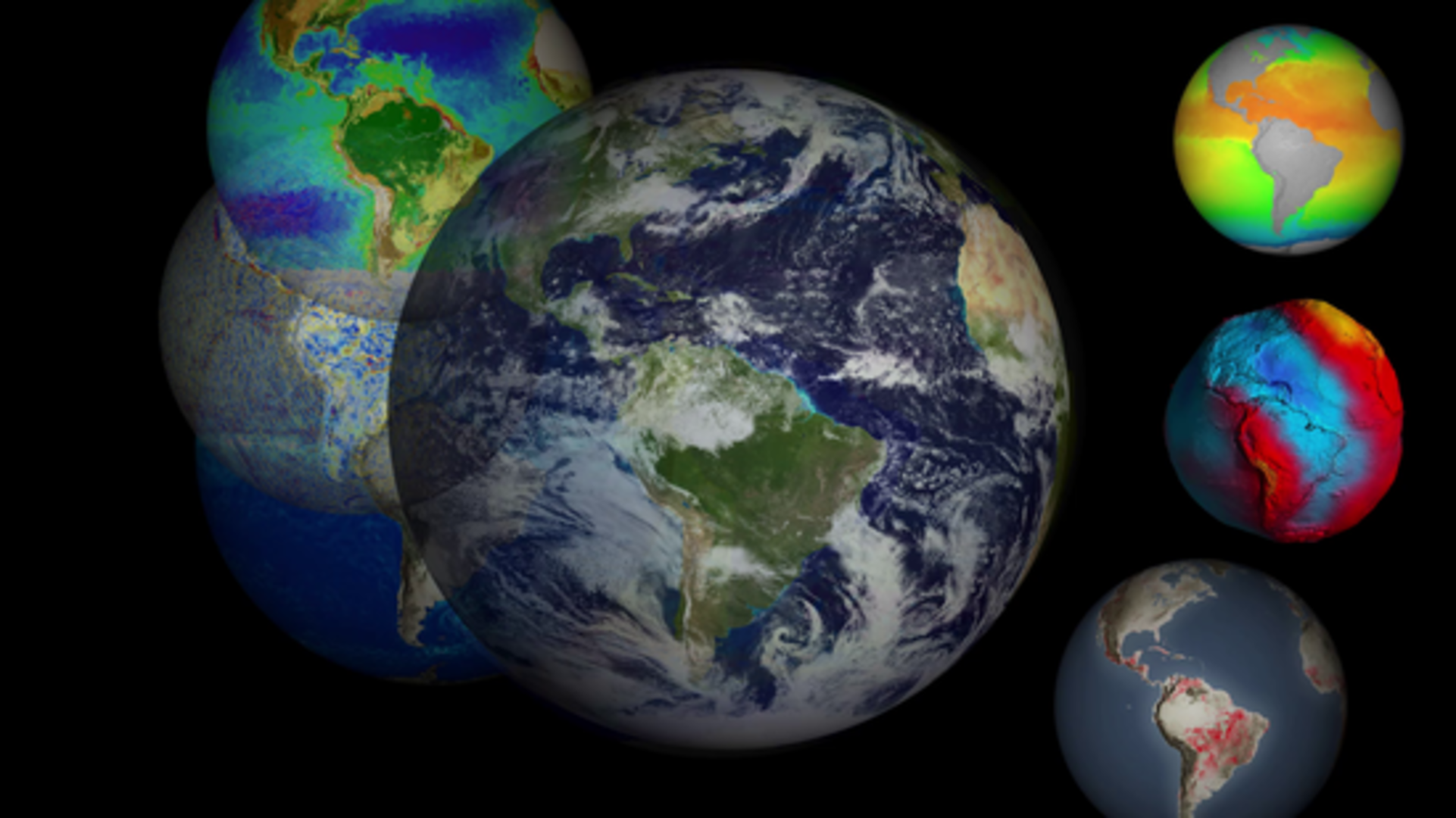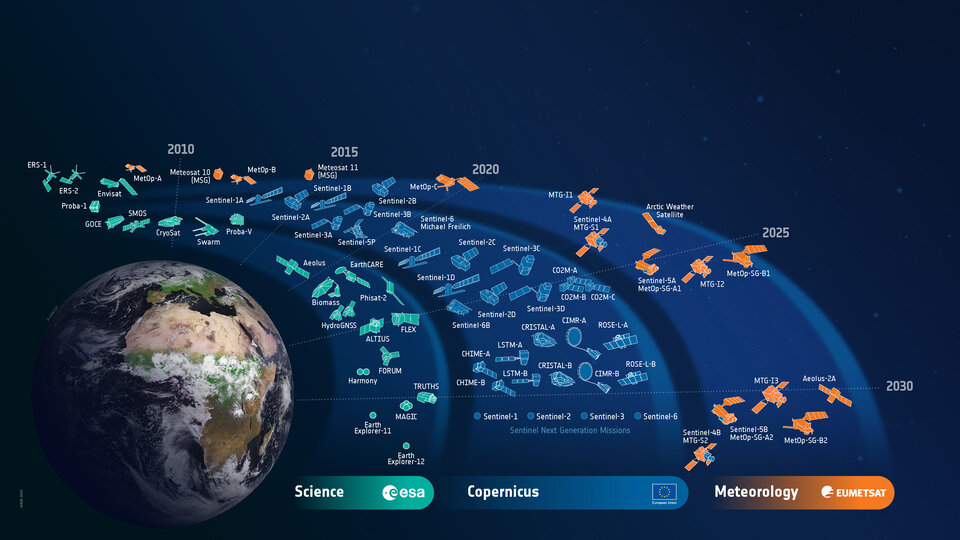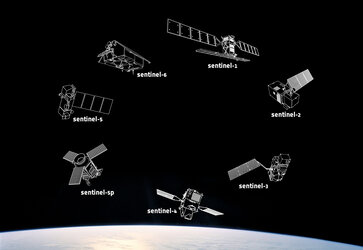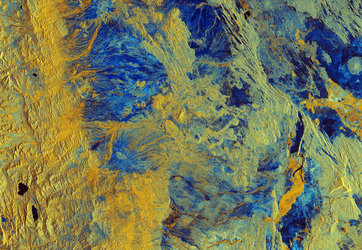Earth Day: taking the pulse of our planet
Today marks the 50th anniversary of Earth Day. For Earth-observing satellites, every day is Earth Day. While news of COVID-19 dominates headlines and many of us practice social distancing, there still remains the need for action on climate change – and satellites are vital in providing the key facts on this global issue.
First celebrated in 1970, Earth Day sparked a wave of international action. In 2016, the United Nations chose this very day – 22 April – as the day when the landmark Paris Agreement was signed. Recognised as International Mother Earth Day by the United Nations, today reflects a day committed to understanding our planet’s health – protecting it for future generations to come.
The scientific evidence of global climate change is irrefutable. International organisations, such as the Intergovernmental Panel on Climate Change, have warned of the consequences of a warming climate – affecting fresh water resources, global food production, sea level and triggering an increase in extreme-weather events.
In order to tackle climate change, scientists and governments need reliable data in order to understand how our planet is changing. For more than 30 years, Earth observation satellites have gathered valuable data to meet the challenges of our world.


Access the video
Satellites provide unequivocal evidence of the changes taking place on Earth and provide the big picture, collecting long-term series of data, in order to understand its effects. ESA and their partners have recently tracked rapidly melting ice in Greenland and Antarctica, discovered unusual ozone holes, mapped wildfires from space and monitored air pollution in our atmosphere.
With four EU Copernicus Sentinel missions and four Earth Explorer missions in orbit, the satellites cover a vast array of areas, such as ice thickness coverage, deforestation, soil moisture, sea level and ocean surface temperature, as well as other essential climate variables.
The observations provide us with a global coverage, revisiting the same region every few days and proving a good understanding of the health and behaviour of our planet – and how it is affected by climate change. Through ESA’s Climate Change Initiative, long-term datasets on key indicators of climate change are being systematically generated and preserved.
ESA’s Director of Earth Observation Programmes, Josef Aschbacher, says, “Earth observation has changed the way we comprehend our profound impact on the environment. Thanks to these sophisticated missions, we have an abundance of data that allows us to take the pulse of our planet.
“ESA is ready to deliver the hard facts required to tackle and address important environmental issues. It is important we take some time today – Earth Day – to appreciate the beauty of our planet and learn more about the impact we have on our changing climate.”
There are many ways to actively participate in Earth Day 2020 online. Join the Earth Day live discussion, learn more about what ESA does to combat climate change or explore our gallery of selected images from space.














